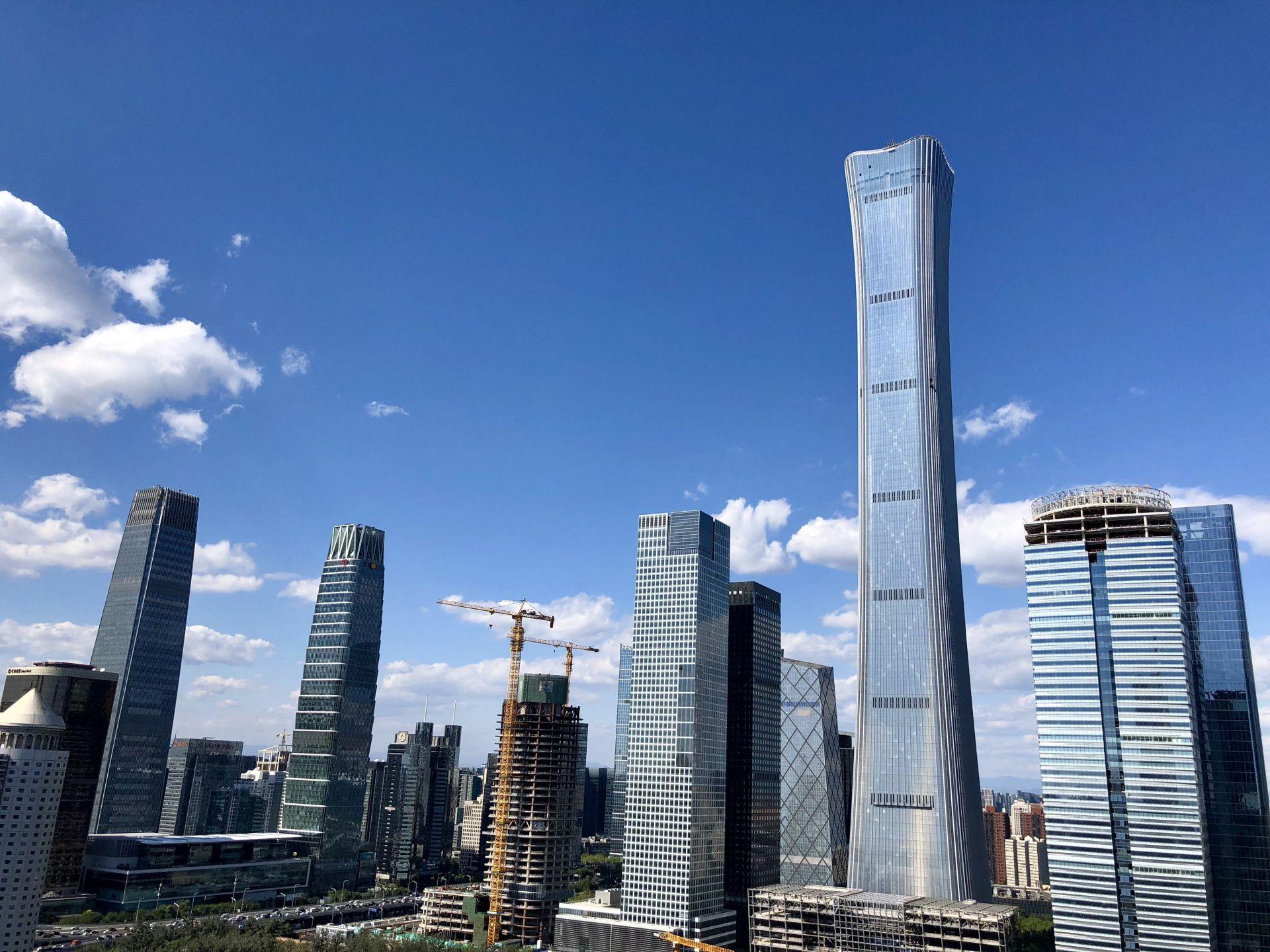MILAN, Jan. 6 (Class Editori) -- As a gift for the beginning of the year, Beijing reduced the financing costs of small and medium-sized enterprises. The People's Bank of China announced the cut of 50 basis points of the reserve ratios for credit institutions.
The measure will be operational on Monday and will in fact free up 800 billion yuan, about 115 billion dollars, which banks will be able to use to finance companies.
The move was expected. In a recent public speech, Prime Minister Li Keqiang announced targeted measures to support the most vulnerable realities of the national economy. The cut in the amount of liquidity that banks have to hold is the eighth since 2018, of which three have been decided in the past year. From 6 January, therefore, the ratio will drop to 12.5 percent for larger banks, while for medium and small banks it will be 10.5 and 7 percent respectively.
In 2019, the People's Republic of China has grown at the slowest pace of the last three decades and in 2020 the rate of expansion of the economy could drop below the psychological threshold of 6 percent, even if the data that are beginning to flow on the 2019 results still indicate a good keeping the economy, despite the dispute on duties.
An official source said that total consumer goods sales grew by 8 percent last year to 41.1 trillion yuan, equal to about 5,200 billion euros, almost three times as much as the Italian GDP. According to Wang Bin - deputy director of the department that deals with the promotion of consumption at the Beijing Ministry of Commerce - that figure contributes about 60 percent to the economic growth of the whole country, as it has been doing for six consecutive years now.
On the trade dispute with the United States, the ceasefire seems to last, which has prevented the activation of new tariffs for 160 billion dollars on Chinese imports into the US and counter-measures for about 50 billion on US goods.
The so-called phase-1 agreement will be signed within half a month. The signature will be on January 15, reiterated US President Donald Trump. "The ceremony will take place in the White House," he wrote on Twitter. "There will be high-level representatives from China. Later I will go to Beijing, where the phase 2 talks will begin."
So far the two parties have been covered in detail on the 86 pages that make up the document, divided into nine chapters, including protection of intellectual property and a dispute resolution system. The Chinese have pledged to buy 200 billion dollars in Chinese goods over the next two years, including 40 billion dollars in agricultural products and threshold. They also showed openenness to stop forced technology transfers. In turn, the Trump administration, in addition to blocking the entry into force of new duties, has agreed to halve the tariffs imposed on 112 billion dollars in goods from China by 15 to 7.5 percent.
Meanwhile, the protests in Hong Kong haven't stopped yet. Yesterday, according to the organizers, at least one million protesters participated in the anti-government protest convened for New Year's Eve. The demonstration was stopped after a few hours due to the outbreak of violence that led to at least 400 arrests. There have been attacks on HSBC branches and against the High Court. The police responded by using hydrants and firing tear gas.
Protests sparked because of amendments to the extradition law started seven months ago. According to a Reuters survey, the reasons of the protests, which laments the progressive erosion of freedoms in the former British colony that returned to Chinese sovereignty in 1997, are shared by 59 percent of Hong Kong residents. However, only a minority is in favor of independence from the People's Republic of China.
(Source:Class Editori)
Notice: No person, organization and/or company shall disseminate or broadcast the above article on Xinhua Silk Road website without prior permission by Xinhua Silk Road.




 A single purchase
A single purchase









